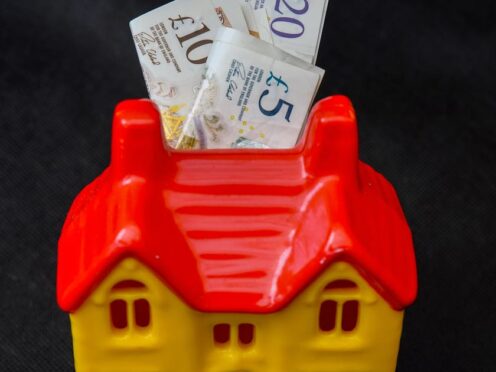One in 10 (10%) people say they typically end up with less than £25 left in their current account at the end of each month after paying bills, according to a survey.
Nearly two-fifths (38%) of people have less than £100 left at the end of each month and three-quarters (75%) have less than £500, polling company Censuswide found.
The research indicated that people in Brighton (22%), Belfast (12%), and Glasgow (12%) were particularly likely to have nothing left at the end of each month, compared with 8% of people in London and 5% in Cardiff.
Across the survey of more than 2,000 people across the UK in March, 9% of people said they generally have no money left at the end of each month.
Just under a third (32%) of people surveyed said they are able to save money each month, with some people citing rising bills and a stagnating salary as barriers to putting money aside.
Nearly half (45%) of people said they tend to feel worried, anxious or stressed by the time they are halfway through their monthly pay cycle, according to the research, carried out for financial app RiseUp.
The report also found that many people use payday to “catch up” on money already earmarked for financial commitments, with 77% using it as an opportunity to pay bills and 39% using it to pay credit cards.
One in 11 (9%) people said payday is also an opportunity for spending on treats and one in 10 (10%) spend at the pub following payday.
Women are more likely to feel relaxed and positive (69%) on payday than men (61%), according to the findings.
Yuval Samet, CEO and co-founder of RiseUp said: “We are living in a challenging financial environment and cannot escape the pressures of the cost of living, which has an impact both on our bank balance and wellbeing.”
Here are the proportions of people across the UK who manage to save money at the end of each month, according to the survey:
– Scotland, 38%
– Northern Ireland, 36%
– North East England, 43%
– Yorkshire and the Humber, 26%
– East Midlands, 33%
– East of England, 35%
– South East, 31%
– South West, 35%
– Wales, 35%
– West Midlands, 24%
– North West, 32%
